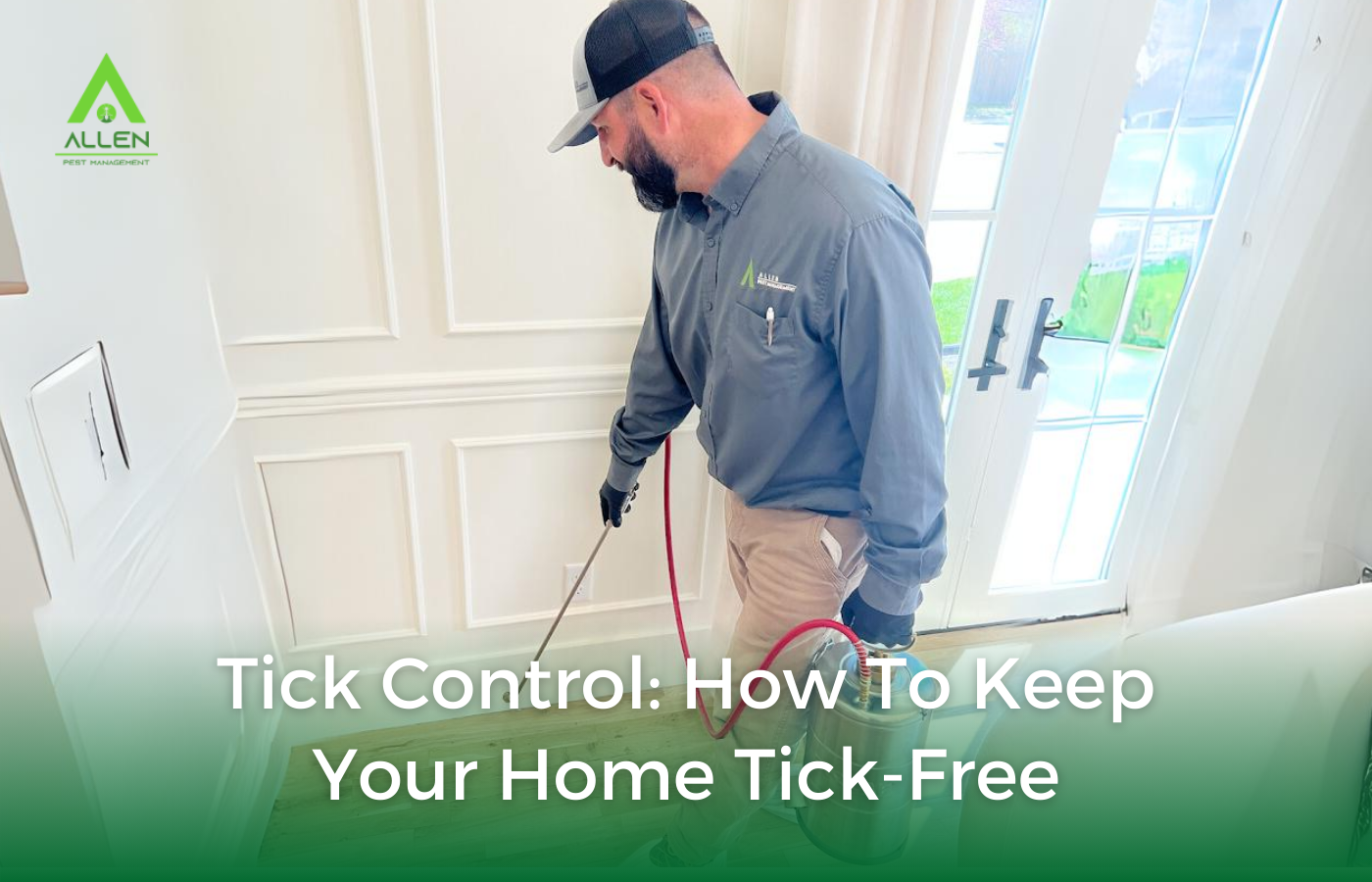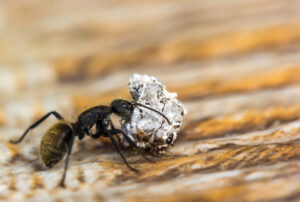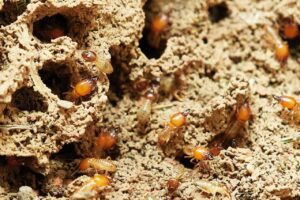Arkansas is a hotbed for ticks. According to the Arkansas Department of Health, the State has some of the highest reported cases of tick-borne diseases in the United States. Nearly every year, the number has gotten worse over the past decade.
Tick bites carry several different kinds of dangers and risks, including but not limited to:
- Lyme disease
- Rocky Mountain spotted fever
- Ehrlichiosis
- Anaplasmosis
- Tularemia
- Southern Tick Associated Rash Illness (STARI)
- Heartland Virus
- Bourbon Virus
With a growing number of complications resulting from close contact with these parasitic arachnids, taking proactive tick control measures at home becomes even more paramount to protect yourself and your family.
The following tips will help you keep yourself and your loved ones safe from tick-related illnesses without putting them at risk for exposure to toxic chemicals.

DIY Tick Defense Strategies for Homeowners
Homeowners can apply different strategies to keep their properties tick-free.
Below, we’ve ranked them based on efficiency and ease of use:
Regular Yard Maintenance – Highly Effective, Easy
Tall grass and leaf litter are heaven for ticks. You can reduce tick habitat by mowing your lawn and trimming shrubs. You can also create a tick barrier by surrounding the perimeter of your house with wood chips and gravel. Finally, remove weeds and other debris that might serve as hiding places for ticks.
Applying Topical Medication – Moderately Effective, Easy
You can use medication to treat and prevent tick bites on you, your family members, and your pets. But, before applying, consult your doctor or veterinarian first.
Using Tick Tubes – Moderately Effective, Risky
Fill a hollow tube with a ball of cotton wool soaked in a rodent-safe, preferably naturally formulated insecticide, and place it in tick-prone areas around your home.
Make sure to apply the necessary safety precautions and follow product instructions.
Natural Repellents – Somewhat Effective, Easy
Spraying a lemon eucalyptus oil or permethrin mixture on outdoor furniture and clothing can act as a natural tick repellent.
Using Beneficial Insects – Questionable Efficiency, Hard
Ladybugs will eat most types of ticks when available, including mature ticks. The same goes for wolf spiders, ants, toads, frogs, and even chickens. However, the extent of their efficiency is suspect, especially against larger infestations.
Signs and Symptoms That You Need to Call Professional Pest Control
These indicators will tell you that a potential tick infestation is already out of control and requires professional help:
- Frequent presence of ticks on pets or humans after spending some time outdoors within your property.
- Difficulty controlling the tick population despite your best DIY efforts.
- Marked visibility of ticks in, out, and around your home.
- Personal experience with tick bites or tick-borne medical emergencies.
Calling In The Experts: When DIY Tick Termination Fails
Ticks pose immediate and long-term health risks for anyone living inside your household. But, as a homeowner, there’s only so much that you can do.
For instances where your best tick control efforts are no longer enough, don’t be afraid to seek help from the pros.
These contractors offer a wide range of expert-level services dealing with different kinds of common household pests. Their years of experience in the field have taught them tricks to help them locate tick harborage areas and implement effective treatment plans using professional-grade insecticides typically not available to the general public.
With their help, you can enjoy an immediate resolution of your tick infestation problems while learning long-term prevention strategies to minimize the risk of future infestations. This way, you’ll have the peace of mind knowing that you’ve protected your home from these harmful pests.
Here at Allen Pest Management, we’ve committed ourselves to protecting your home, your family, and your pets from ticks and tick-associated health issues. Call us today to learn more about our safe and effective tick infestation solutions.







